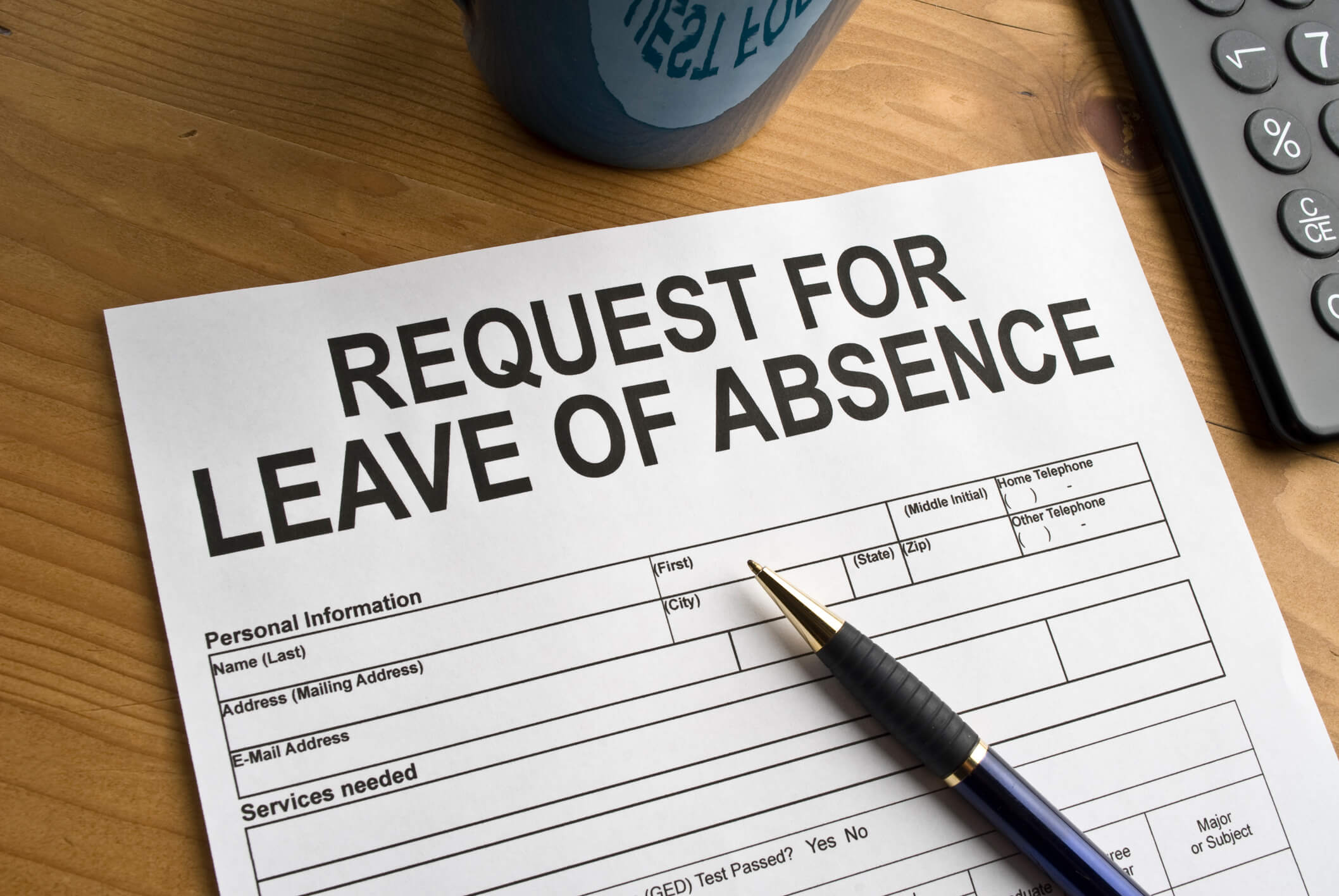On September 28, 2020, Governor Gavin Newsom signed Assembly Bill (AB) 2992, which amends California Labor Code Sections 230 and 230.1 and prohibits an employer from “discharging, or discriminating or retaliating against, an employee who is a victim of crime or abuse[,] for taking time off from work to obtain or attempt to obtain relief.” AB 2992 expands existing law providing protected leave for employees who are victims of domestic violence, sexual assault, or stalking, to include leave for victims of other crimes or offenses “that caused physical injury or that caused mental injury and a threat of physical injury.” The newly signed legislation also provides protected leave for an employee “whose immediate family member is deceased as a direct result of a crime” and expands the types of documentation for leave eligibility that an employee may provide to verify that a crime or abuse occurred. The expanded provisions become effective on January 1, 2021.
Who is an eligible “victim”?
An employee who has been a victim is entitled to leave. The new law defines the term “victim” broadly so that it includes the following:
- A victim of stalking, domestic violence, sexual assault.
- A victim of a crime that caused physical injury or that caused mental injury and a threat of physical injury.
- A person whose immediate family member is deceased as the direct result of a crime.
What constitutes a “crime”?
AB 2992 also construes the term “crime” broadly. An employee may take protected leave if she or he has been a victim of a crime or public offense, wherever it may have taken place, “that would constitute a misdemeanor or a felony if the crime had been committed in California by a competent adult.” It need not matter “whether any person is arrested for, prosecuted for, or convicted of, committing the crime.”
When must an employee provide an employer with notice of the employee’s need for leave?
The employee must provide the employer with “reasonable advance notice of the employee’s intention to take time off, unless the advance notice is not feasible.” The new law does not define “reasonable.” When an unscheduled absence occurs, the employee must provide the employer with a certification within a reasonable time after the absence.
What documentation for leave must an employee provide?
In order for leave to be protected, an employee can provide any of the following for certification purposes:
- A police report indicating that the employee was a victim.
- A court order protecting or separating the employee from the perpetrator of the crime or abuse, or other evidence from the court or prosecuting attorney that the employee has appeared in court.
- Documentation from a licensed medical professional, domestic violence counselor, … sexual assault counselor, … victim advocate, licensed health care provider, or counselor that the employee was undergoing treatment or receiving services for physical or mental injuries or abuse resulting in victimization from the crime or abuse.
- Any other form of documentation that reasonably verifies that the crime or abuse occurred, including but not limited to, a written statement signed by the employee, or an individual acting on the employee’s behalf, certifying that the absence is for a purpose authorized under [California Labor Code Section 230] or under Section 230.1.
The employer must maintain the confidentiality of any employee requesting the protected leave.
Additional obligations for employers with 25 or more employees
In addition to complying with the obligations above, employers with 25 or more employees must provide leave for an employee who seeks to take time off from work for any of the following purposes:
- To seek medical attention for injuries caused by crime or abuse.
- To obtain services from a domestic violence shelter, program, rape crisis center, or victim services organization or agency as a result of the crime or abuse.
- To obtain psychological counseling or mental health services related to an experience of crime or abuse.
- To participate in safety planning and take other actions to increase safety from future crime or abuse, including temporary or permanent relocation.
Employers may wish to revise applicable policies and circulate them no later than January 1, 2021. Employers also may wish to educate supervisors, managers, and human resources personnel regarding these changes.






